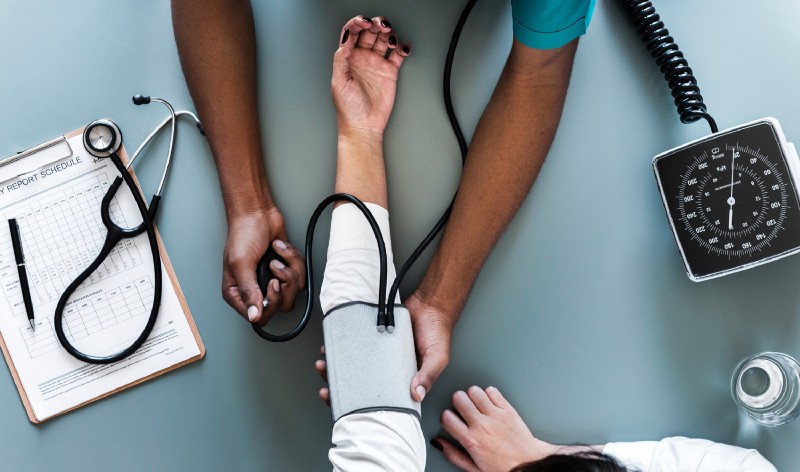With over 10,000 digital health solutions to choose from and hundreds of applications inside many health services organizations, our healthcare industry is drowning in a chaotic ecosystem of technology management. Furthermore, patients are suffering from poor, disjointed experiences. To combat this phenomenon, companies are adopting what is known as a “Digital Front Door.” This term has become increasingly important in the health services space, representing the virtual omnichannel engagement strategy by which a provider interacts with their patients or members. Unfortunately, the Digital Front Door solutions on the market today are often too narrow in their ability to deliver a seamless experience across the entire customer journey.
Benefits of Implementing a Digital Front Door Strategy
In an age where convenience and personalization are not just preferred, but expected, healthcare must invest in the right technology to understand their people and processes, all while eliminating patient pain points. This requires capabilities that are not just about accessibility. Instead, healthcare organizations should prioritize comprehensive engagement strategies like the Digital Front Door, which focus on transforming the patient experience and improving health outcomes. The resulting benefits can be plentiful:
- Streamlined Access: Eliminate the need for patients to navigate through complex healthcare systems. With a few clicks, patients should be able to schedule appointments, access health records, engage with healthcare providers, and receive personalized care recommendations.
- Personalized Care: Deliver personalized care recommendations based on each patient’s unique health profile. This means care that is tailored to the individual, leading to improved health outcomes.
- Enhanced Patient Engagement: Foster active patient engagement by providing access to health education resources, personalized health reminders, and interactive tools for tracking health progress.
- Improved Operational Efficiency: Automate routine tasks like appointment scheduling and reminders, thus freeing up valuable time for healthcare providers to focus on what they do best caring for patients.
Designing a Digital Front Door
Coming out of COVID, a major health system in the Southwest United States was dealing with problems across marketing, IT, and patient experience. Our team was asked to design and develop a Digital Front Door solution to deliver seamless, personalized, and intuitive healthcare experiences. We built a patient-oriented digital wrapper that sits around their EMR and other digital investments. This enhances the ease and personalization associated with several patient activities including scheduling appointments, accessing health records, and interacting with healthcare providers.
Partner With Kopius for Digital Front Door Solutions
Imagine a world where healthcare and delivering an intuitive and engaging virtual customer journey is as easy as opening a door. That’s the power of digital solutions like the Digital Front Door. With Kopius by your side, you can start transforming your patient experience and setting a new standard for healthcare delivery. Contact our team today and get ready to step into the future of healthcare.





